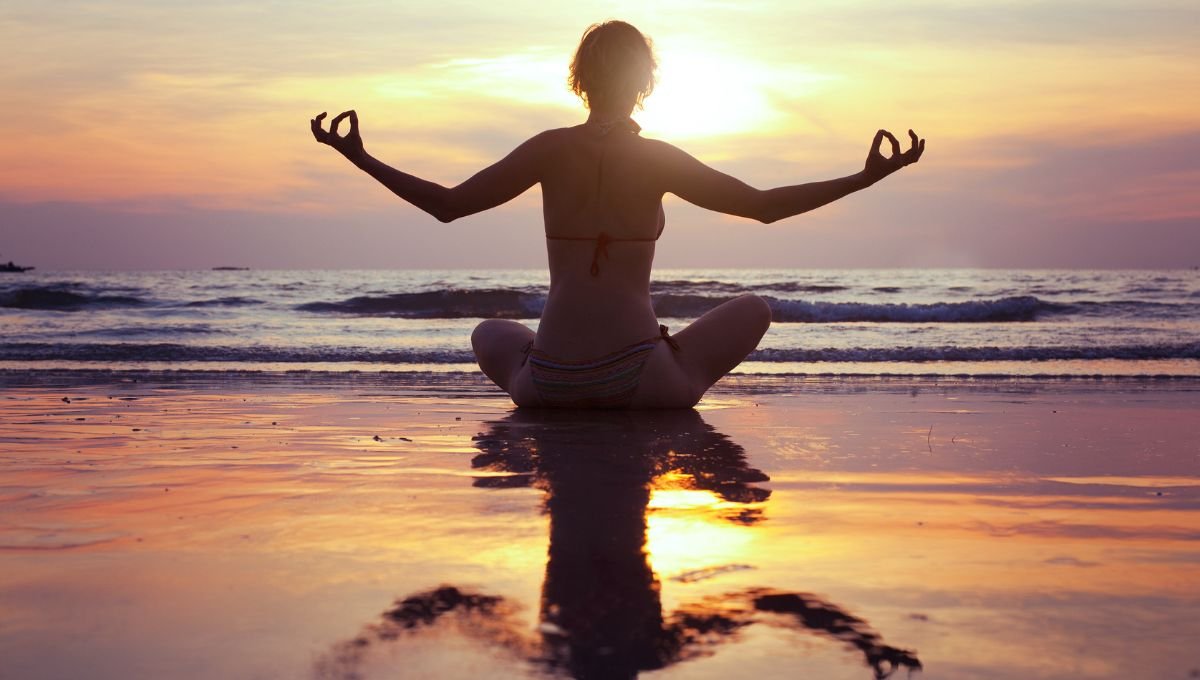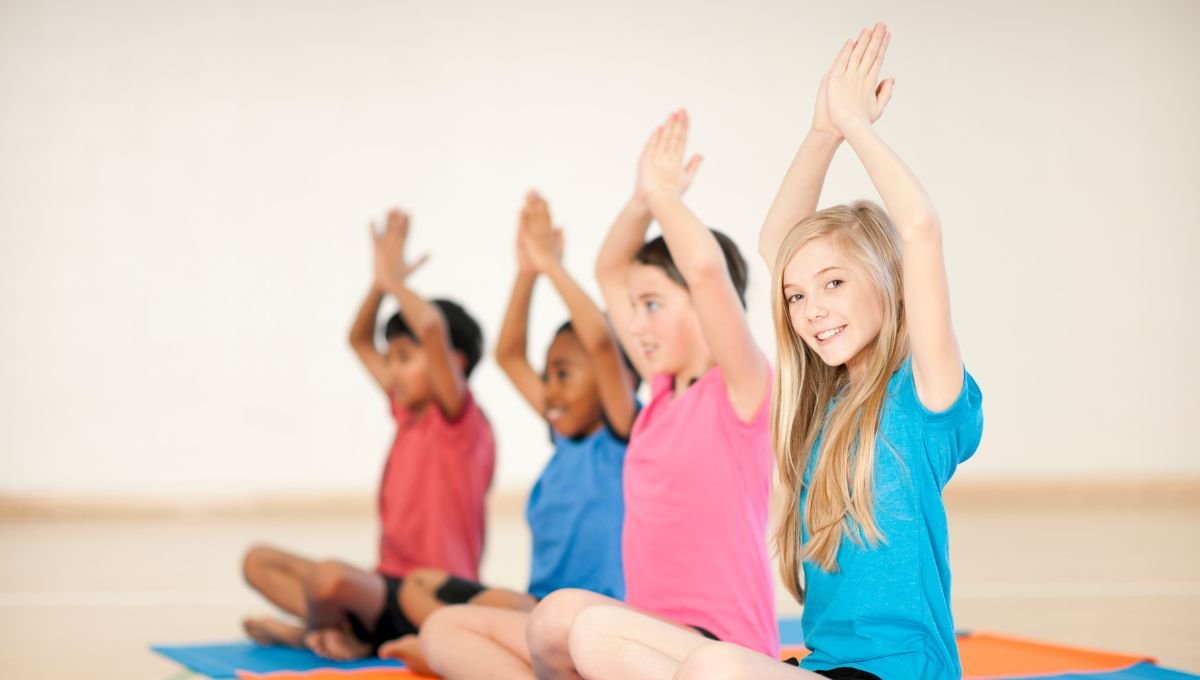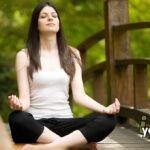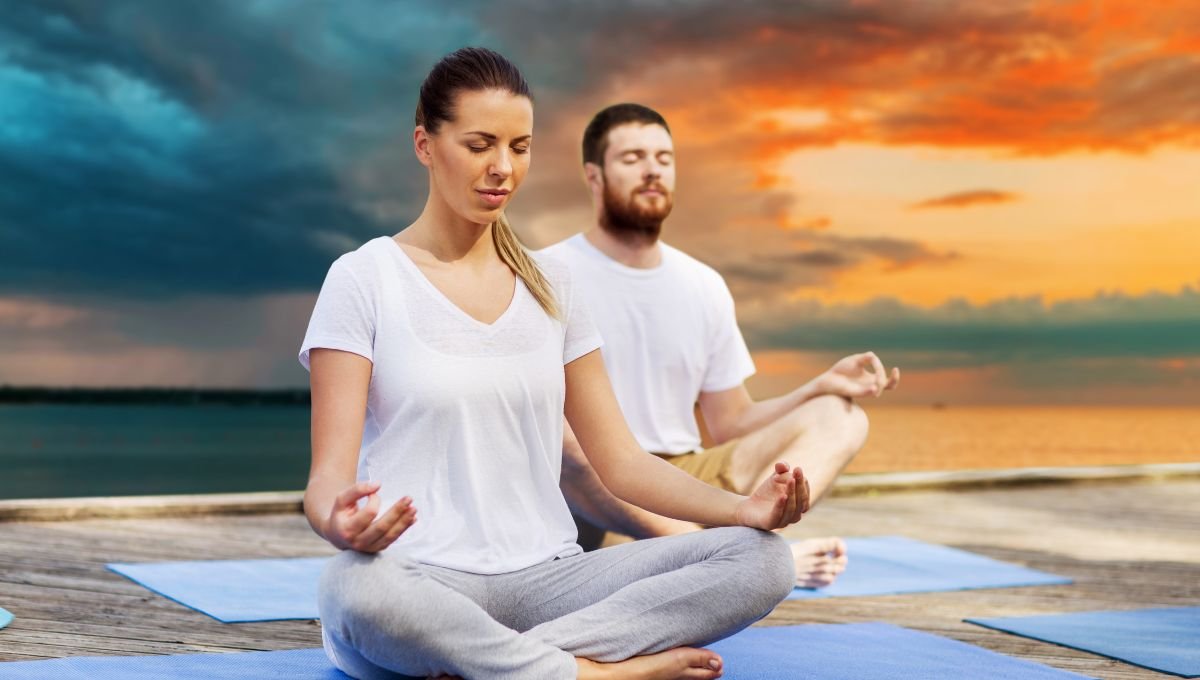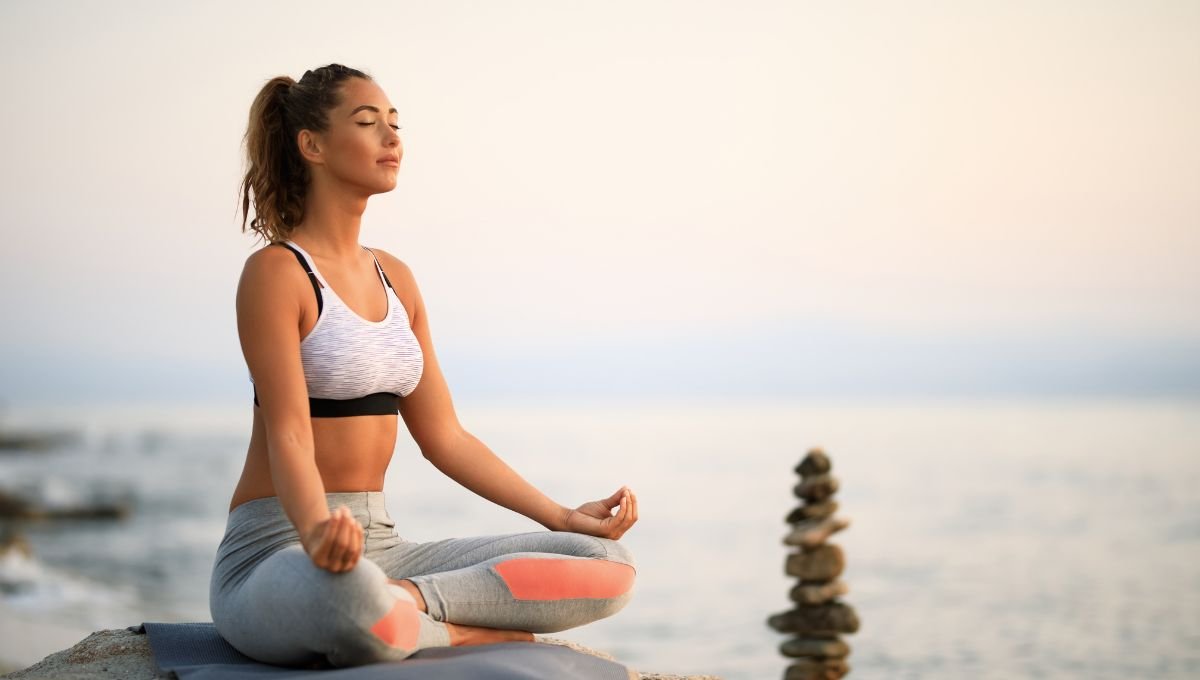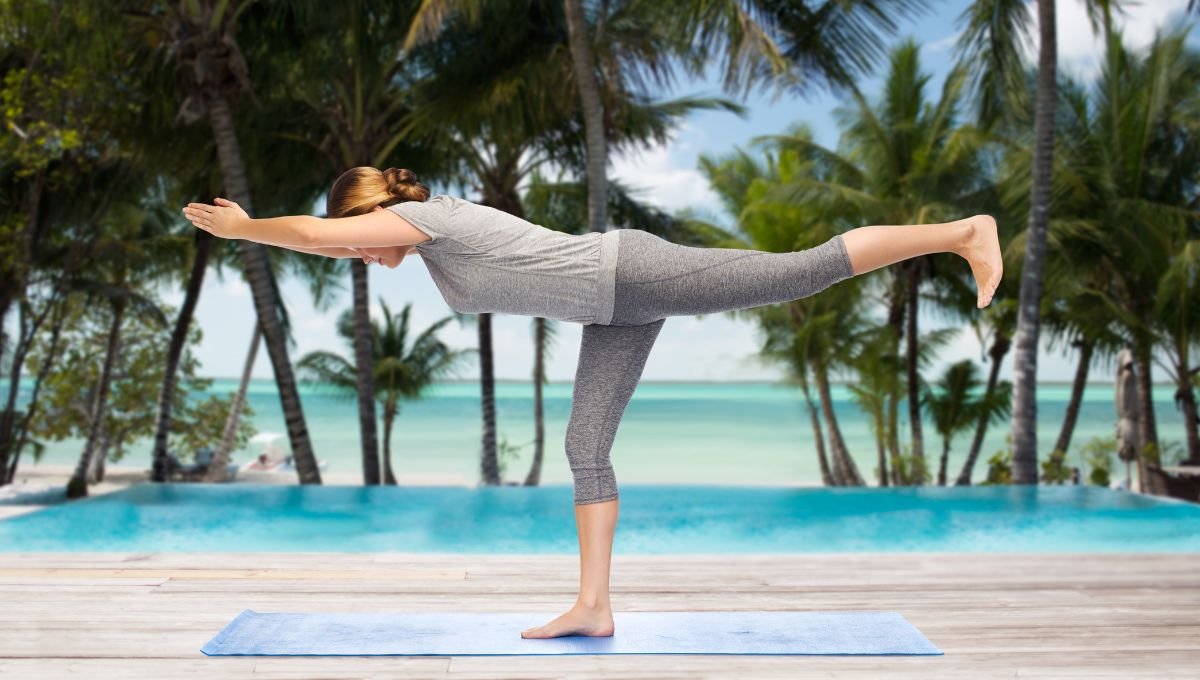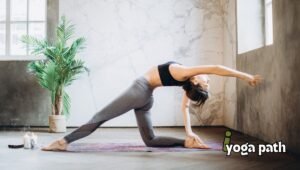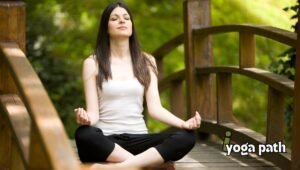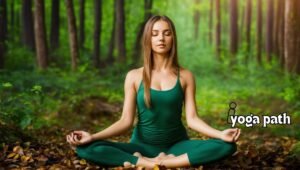Breath as a Bridge: Mastering pranayama and meditation for inner peace and vitality.
Short Intro:
In the realm of personal prosperity, “Breath as a Bridge” arises as a pivotal aide for those looking to harness the force of pranayama and meditation for internal peace and vitality. With the fast-paced nature of present-day life, individuals are increasingly going to these ancient practices to track down solace, balance, and a recharged feeling of energy. Market statistics mirror this developing pattern, showing a notable ascent in the popularity of meditation and breathing activities. Studies indicate that incorporating these practices into daily schedules can significantly decrease pressure, enhance center, and work on overall health, highlighting their critical role in cultivating a comprehensive approach to well-being.

The Foundations of Pranayama and Meditation
Pranayama, the art of breath control, and meditation, the practice of centered attention, are both key parts of yoga that reach out past physical stances to contact the substance of care and spiritual development. These practices offer a pathway to calming the brain, balancing feelings, and revitalizing the body. By mastering pranayama and meditation, individuals can establish a significant association between their physical and mental states, enabling a more profound exploration of inward peace and personal vitality.
Meditation: Cultivating Internal Peace
Meditation practices vary broadly, from care meditation, which centers around present-second awareness, to transcendental meditation, which includes the reiteration of a mantra. Regardless of the strategy, the center goal remains the same: to calm the psyche and achieve a state of internal quiet and awareness. Meditation has been shown to bring down the pulse, lessen constant pain, and advance mental prosperity.

Integrating Pranayama and Meditation into Daily Life
Starting Basic: Start with short, manageable meetings, gradually increasing the duration as solace with the practices develops.
Creating a Dedicated Space: Designate a tranquil, comfortable spot for your practice to assist with cultivating a feeling of ritual and love.
Consistency is critical: Regular practice is essential for reaping the full advantages of pranayama and meditation. Aim to incorporate these strategies into your daily practice, regardless of whether it is just for a couple of moments at a time.

Navigating Challenges
Novices to pranayama and meditation may experience obstacles, for example, anxiety, trouble concentrating, or distress with the practices. Patience and constancy are crucial, as is the ability to adapt and investigate various methods to find what best suits your requirements and inclinations. Keep in mind that the excursion is personal and one-of-a-kind for each individual.
“Breathing and Meditation Methods: Breath as a Bridge” features the trans formative potential of pranayama and meditation for enhancing personal prosperity. As these practices keep on gaining energy in the local well-being area, they offer a beacon of expectation and rejuvenation for those trying to navigate the burdens of contemporary existence with grace and vitality. By embracing the art of breath control and the practice of centered attention, individuals can fabricate a bridge to inward peace and reestablished energy, opening the way to a more balanced and satisfying presence.
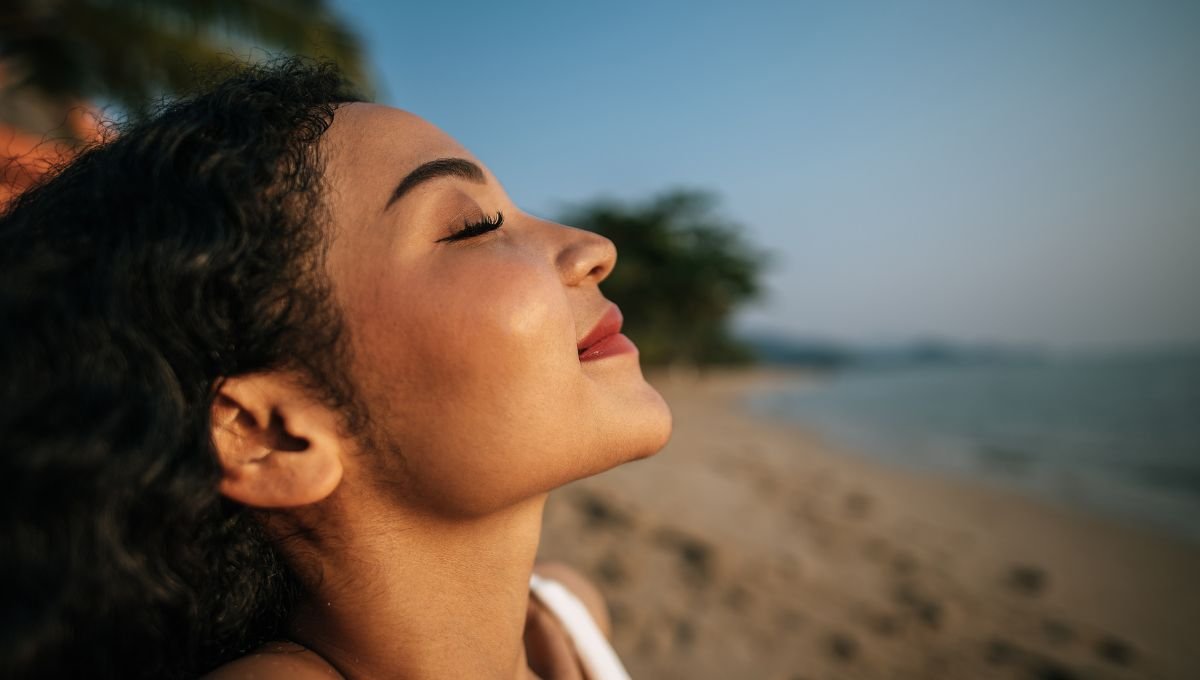
End and Final Considerations
All in all, the excursion through “Breathing and Meditation Methods: Breath as a Bridge” highlights the significant impact that pranayama and meditation can have on enhancing our mental, emotional, and physical prosperity. These ancient practices offer an immortal answer for the cutting-edge challenges of pressure, anxiety, and separation, giving a pathway to tranquility and rejuvenation that is both accessible and profoundly transformative. As we navigate the intricacies of contemporary life, the restrained practice of breath control and centered meditation arises not similarly as a strategy for achieving temporary relaxation but as a vital discipline for cultivating sustained inward peace, clarity, and vitality.
Embracing pranayama and meditation requires patience, consistency, and an open heart, yet the rewards it brings are immeasurable. These practices welcome us to dial back, breathe profoundly, and interface with the current second, offering a sanctuary of calm amidst life’s tempests. They teach us to notice our considerations and feelings without judgment, encouraging a compassionate relationship with ourselves and enhancing our strength in the face of life’s challenges.
Let this exploration of “Breathing and Meditation Procedures: Breath as a Bridge” motivate you to incorporate these strong practices into your daily life. Whether you are looking to ease the pressure, enhance your concentration, or embark on a more profound spiritual excursion, pranayama, and meditation offer a foundation for achieving balance and prosperity. Take the initial step today towards mastering the art of breath control and meditation, and find the trans formative power they hold for directing you to a place of significant inward peace and vitality.
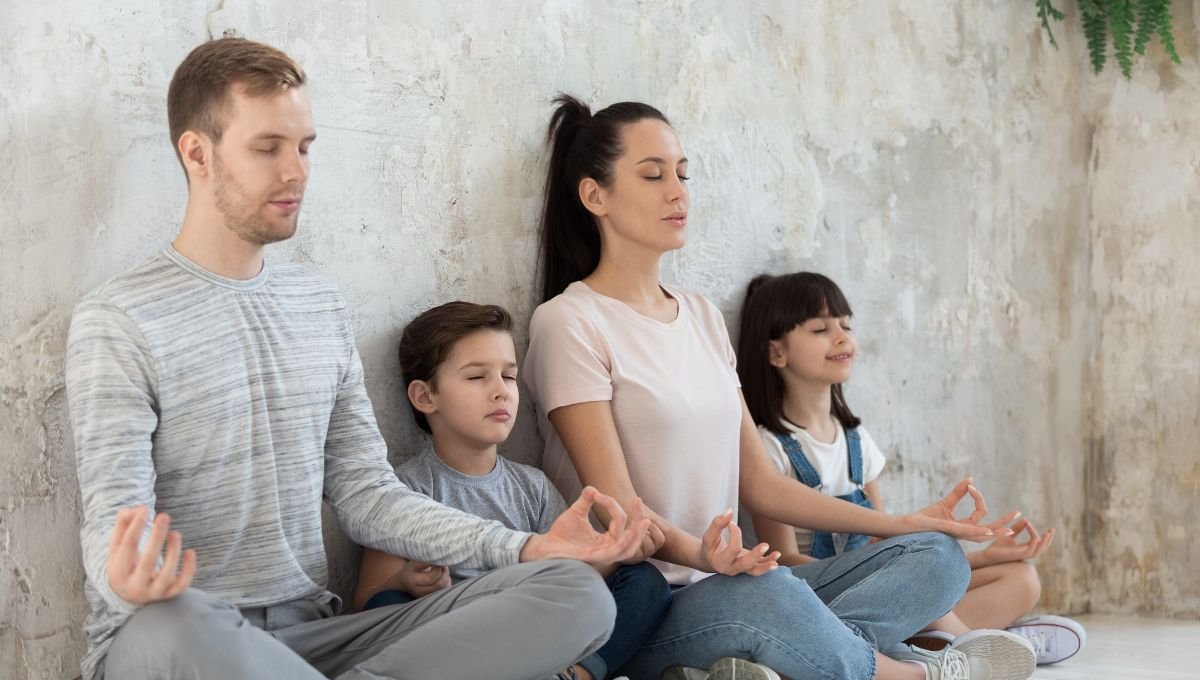
(FAQs) Breath as a Bridge
1. What is pranayama, and how can it help mental health?
Pranayama is the practice of breath control in yoga, which directs the body’s energy stream. It benefits mental health by lessening pressure, further developing concentration, and enhancing emotional harmony through the regulation of the sensory system.
2. Can fledglings practice meditation?
Indeed, amateurs can practice meditation successfully by starting with basic strategies like care or centered breathing. Consistency and patience are vital, starting with short meetings and gradually increasing their length as solace with the practice develops.
3. How long would it be a good idea for me to practice pranayama and meditation daily?
Indeed, even a couple of moments of pranayama and meditation daily can be beneficial. For fledglings, starting with 5–10 minutes and gradually increasing to 20–30 minutes as solace and capability are created is suggested.
4. Are there any dangers associated with pranayama?
When practiced accurately under appropriate guidance, pranayama is generally safe. Nonetheless, a few procedures may not be suitable for individuals with certain medical circumstances. It’s important to learn from a qualified educator and talk with a healthcare supplier on the off chance that you have any health concerns.
5. How might I incorporate meditation into a bustling schedule?
Incorporate meditation into your daily practice by figuring out a particular opportunity that works for you, like early toward the beginning of the day or before sleep time. Indeed, even short meetings of 5–10 minutes can be impactful. Consider utilizing directed meditation apps for accommodation and construction.
6. What’s the best climate for practicing meditation and pranayama?
The best climate is a tranquil, comfortable space where you will not be upset. You can enhance the atmosphere with components like delicate lighting, a comfortable seat, relieving background music, or nature sounds to facilitate concentration and relaxation.
7. How would I pick the right pranayama and meditation procedures for me?
Investigate various procedures under the guidance of experienced educators, and see what each practice means for your body and brain. Think about your goals, like pressure reduction or spiritual development, and pick practices that align with these targets. Paying attention to your body and instincts is critical to tracking down the right strategies for your process.
